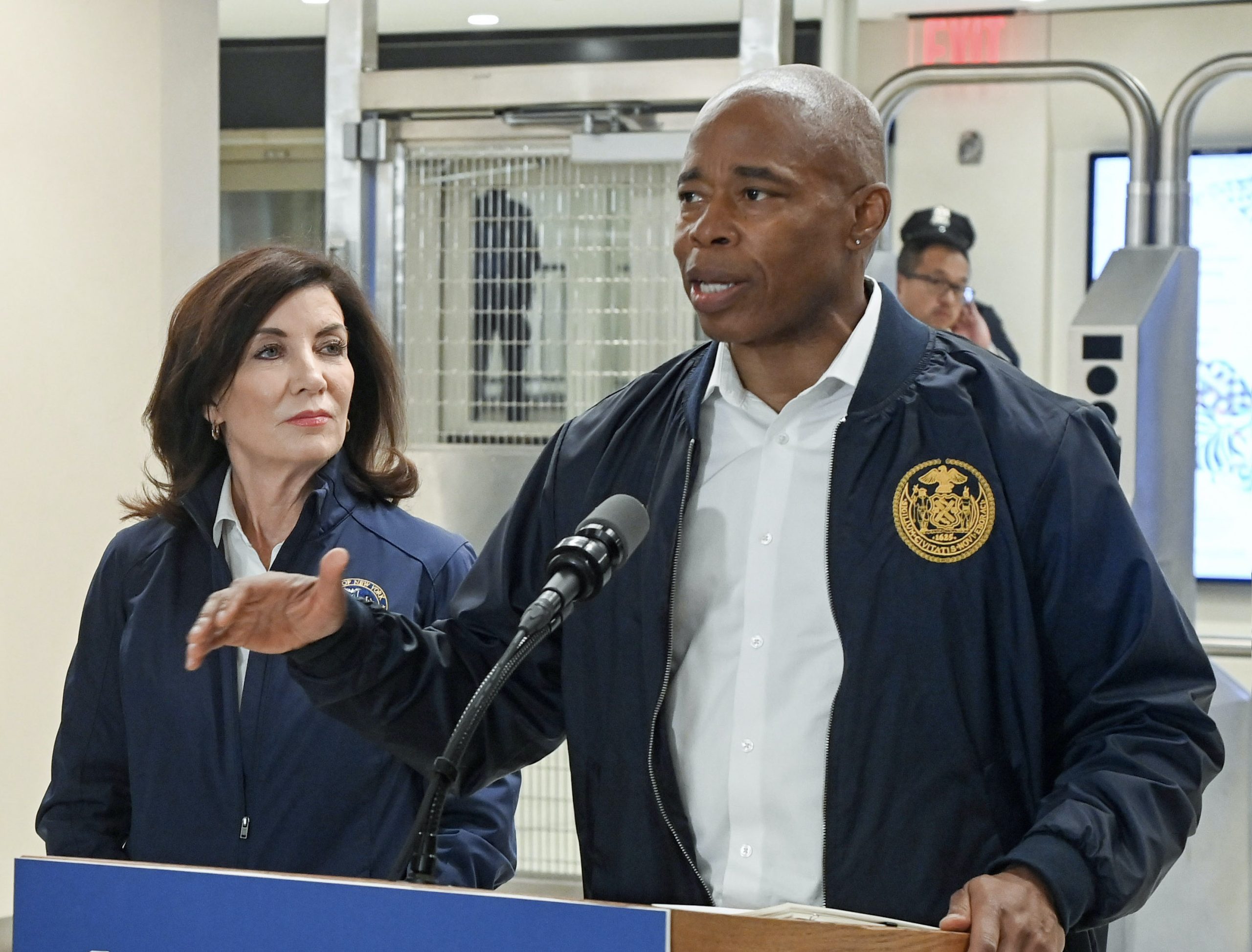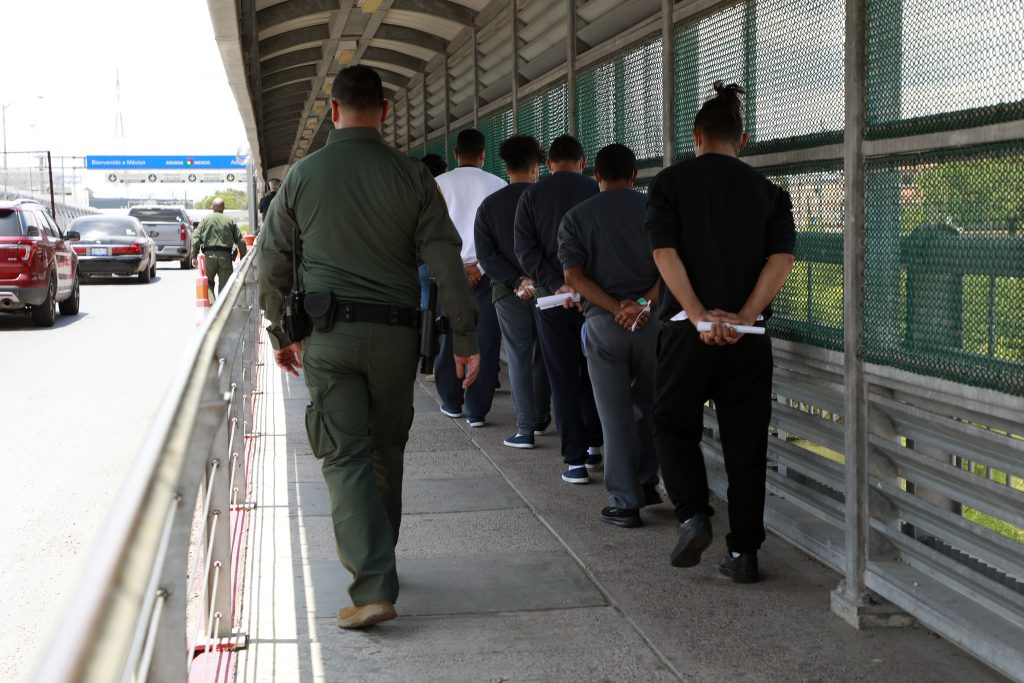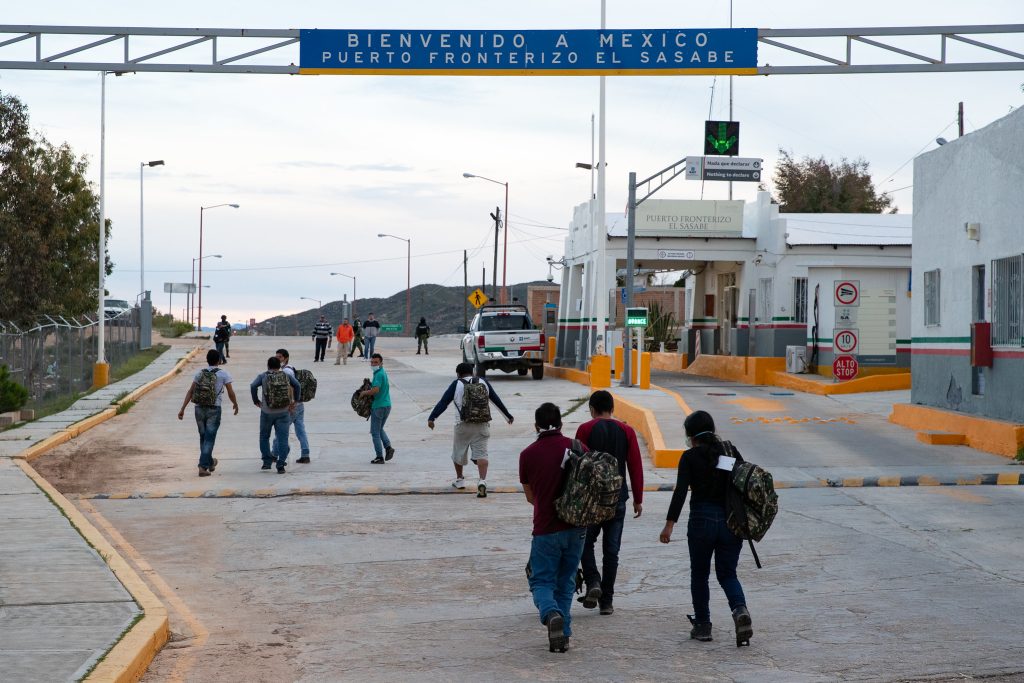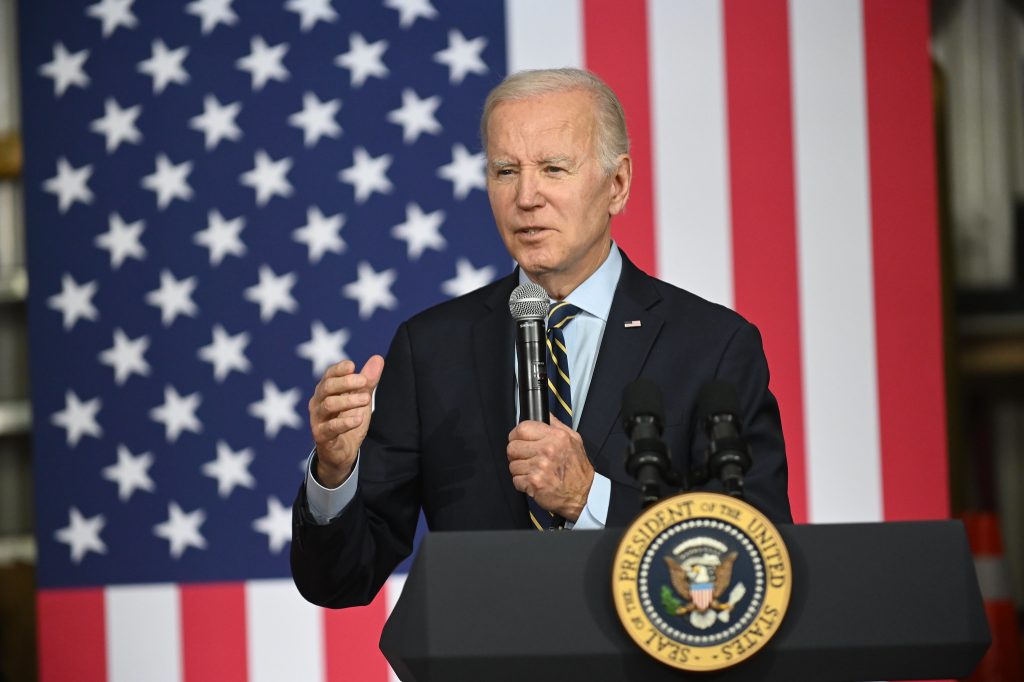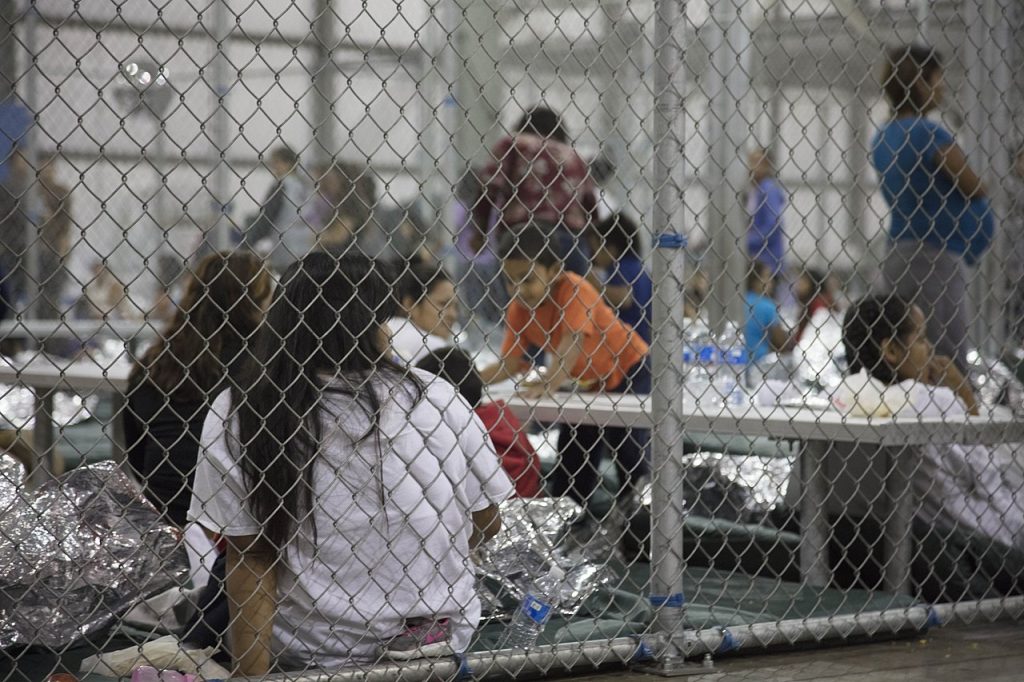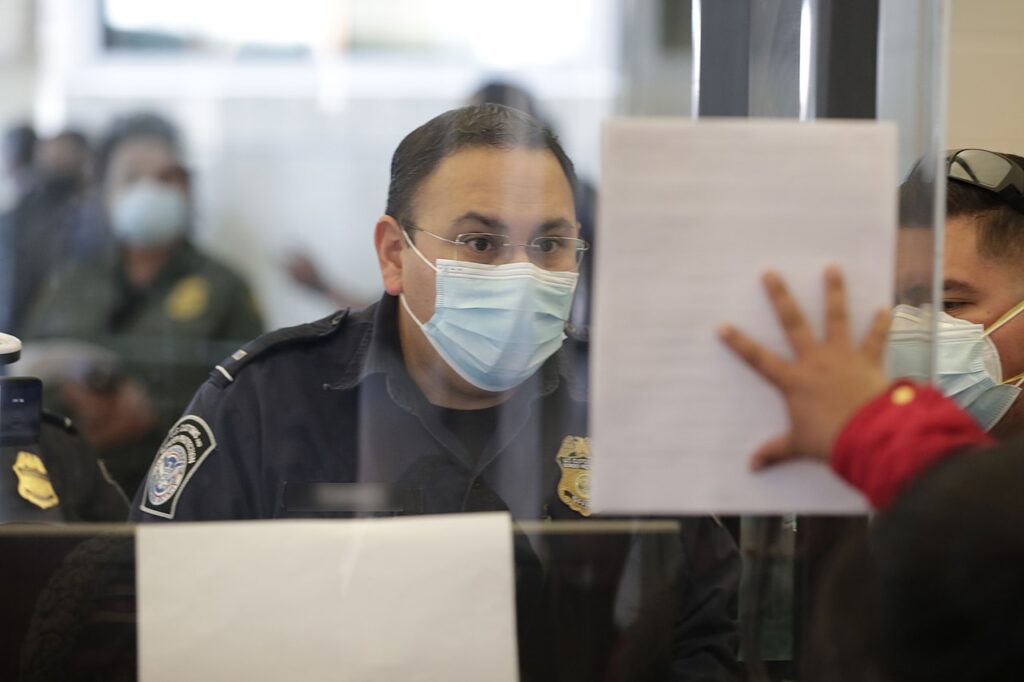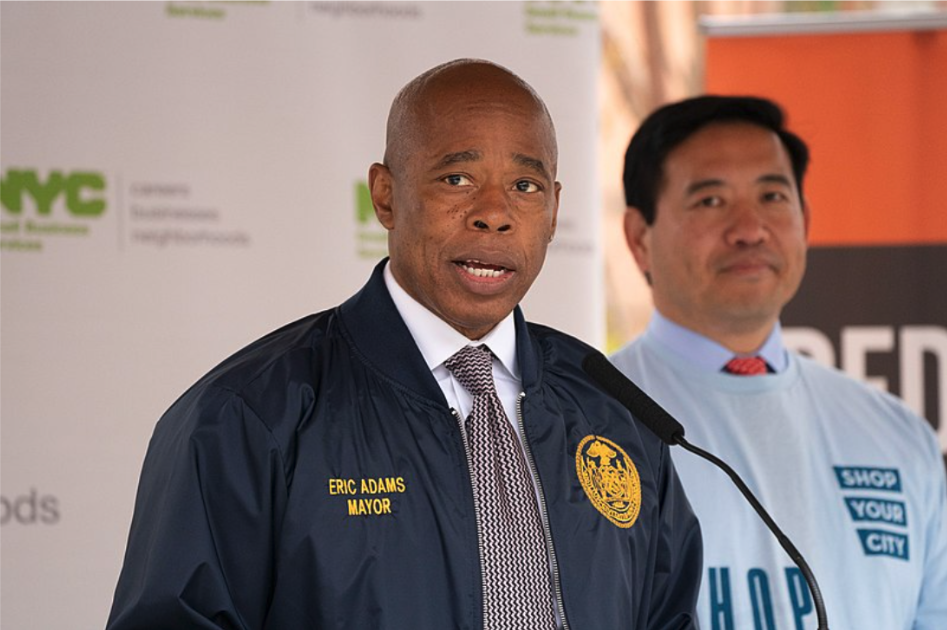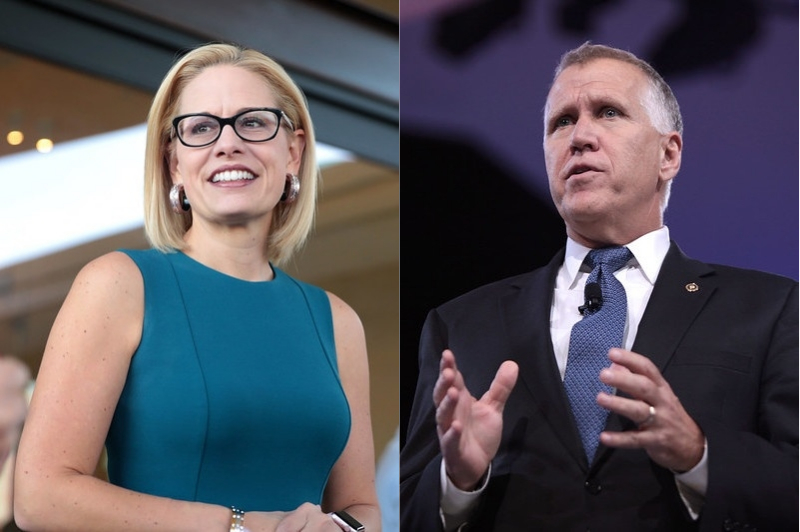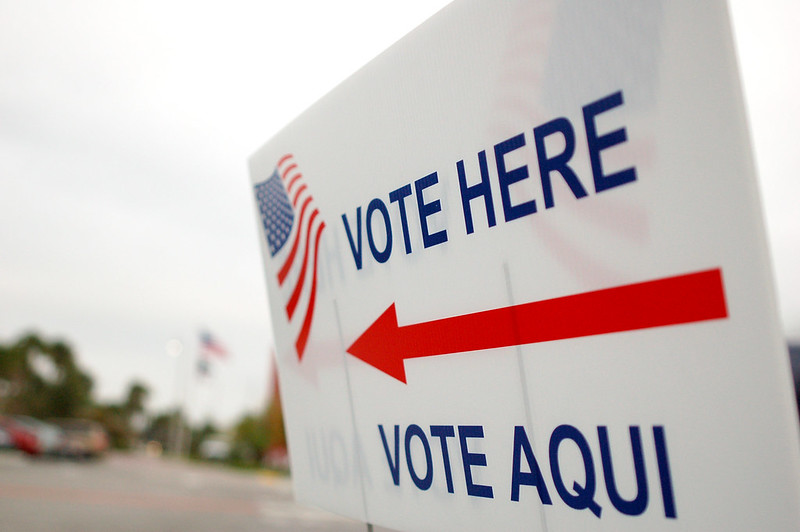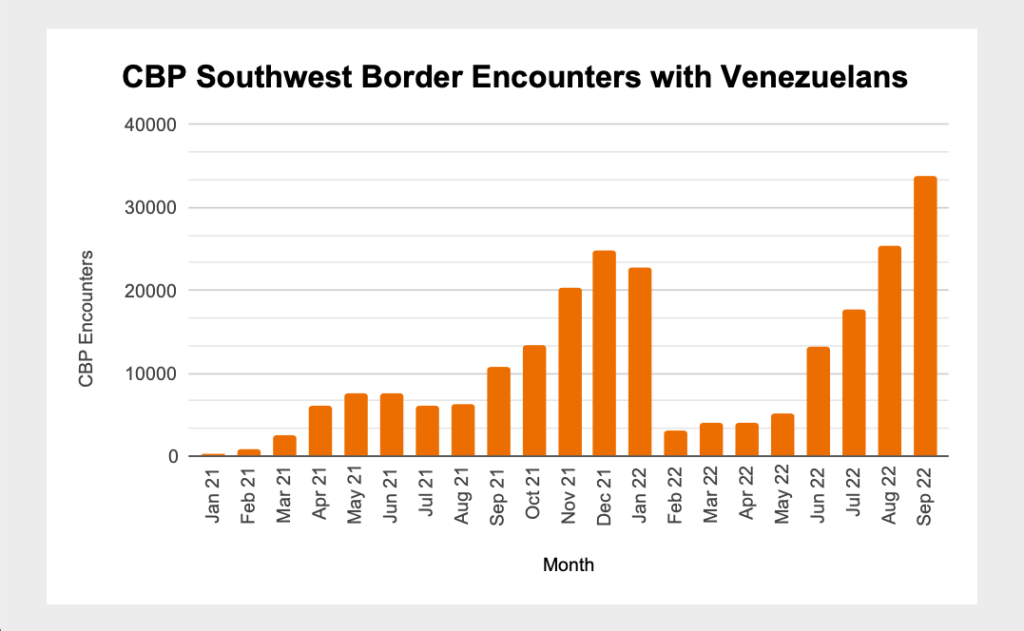NEWS
IMMIGRATION NEWS BY THE NUMBERS – AUGUST & SEPTEMBER 2023
October 2, 2023 – By Ariel Miller
472,000: Number of Venezuelan nationals living in the United States who will be newly eligible for Temporary Protected Status (TPS) after the Biden administration expanded the program.
On September 20, the Biden administration announced a broad expansion of Temporary Protected Status (TPS) eligibility for Venezuelans, making about 472,000 people newly eligible for the 18-month protected status designation. The move comes after increasing criticism from New York City Mayor Eric Adams and New York Governor Kathy Hochul, who demanded that the administration speed up the process for newly-arrived migrants to obtain work permits in an attempt to relieve the strain on New York City’s public shelters. People eligible for TPS can receive a work permit 30 days after filing an application; in contrast, asylum-seekers must wait 180 days before they’re eligible to receive a work permit.
In the last few months, Mayor Adams has increasingly criticized the Biden administration for failing to provide resources to New York to help the city deal with the 110,000 migrants who have passed through since April 2022. On August 9, Adams estimated that the migrant influx would cost the city $12 billion over the next three years; on September 7, he said in a speech that the migrant crisis would “destroy New York City.” He demanded that the federal government speed up issuance of work permits and expand work permit eligibility to help move migrants out of city shelters more quickly. Before the administration announced its expansion of TPS, Gov. Hochul’s administration began investigating the possibility of issuing state work permits— part of a growing trend of state governments challenging federal authority due to Congressional inaction on immigration.
The administration’s expansion of TPS was well-received by Adams, but the mayor cautioned that there was more work to be done. Of the approximately 60,400 asylum seekers currently living in city shelters, only 9,500 are newly eligible for work permits under the TPS expansion. The mayor called for an even broader TPS expansion “to the tens of thousands of other migrants in our care from other countries,” as well as a “national decompression strategy” to slow arrivals at the southern border. In contrast, in an op-ed responding to the TPS announcement, one conservative New York Times columnist argued that amid a global trend of increasing demand for migration, the idea of lessening pressure at the border was unrealistic.
2.5 million: Discrepancy between the number of unemployed Americans and job openings in August.
As Mayor Adams and Gov. Hochul pushed for expedited work permit eligibility for newly arrived migrants, they rallied around the slogan “Let Them Work.” The desire for workers reflects a need across the country: since 2017, aside from a period of mass unemployment during the pandemic, the number of unfilled jobs in the country has been larger than the number of unemployed workers. In August, there were about 2.5 million more job openings than workers.
The labor shortage is not as severe in New York state as it is elsewhere. The U.S. Chamber of Commerce calculates a Worker Shortage Index rating for each state, measuring the number of open positions against the number of unemployed workers and factoring in additional metrics such as a state’s labor force participation rate, quit rate, and hiring rate. Somewhat counterintuitively, a higher index signals more available workers for open jobs while a lower index indicates a worker shortage.
As of September 15, the U.S. Chamber of Commerce gave New York state a Worker Shortage Index of 1.04, meaning that there is slightly more than 1 worker for every 1 open position in the state — one of the highest ratios in the country. In contrast, the U.S. overall has only 76 unemployed workers for every 100 open positions. The tables below list the states with the five highest and five lowest Worker Shortage Index ratings in the country.
States with the Highest Worker Shortage Index Rating — More Employees Than Jobs
State | Worker Shortage Index |
Nevada | 1.16 |
California | 1.15 |
New York | 1.04 |
Michigan | 1.04 |
Texas | 1.03 |
Data: U.S. Chamber of Commerce Worker Shortage Index, updated September 15, 2023
States with the Lowest Worker Shortage Index Rating — Fewer Employees Than Jobs
State | Worker Shortage Index |
South Dakota | 0.45 |
Vermont | 0.44 |
Maryland | 0.40 |
North Dakota | 0.38 |
New Hampshire | 0.35 |
Data: U.S. Chamber of Commerce Worker Shortage Index, updated September 15, 2023
Expanding TPS isn’t the only way the federal government has sought to bring newly arrived migrants into the workforce. In August, U.S. Citizenship and Immigration Services (USCIS) began a campaign to text and email tens of thousands of immigrants who have been paroled into the U.S., reminding them that they are eligible to apply for work permits. According to a senior official who spoke anonymously with CBS News, out of 160,000 migrants who have been paroled into the U.S. through the CBP One app, a program which was expanded as part of the administration’s asylum restrictions after the end of Title 42 in May, only about 20 percent have applied for work permits.
1,873,000: Number of immigrants living in the U.S. with temporary legal status granted through executive authority.
Until the growing dysfunction of the immigration system eventually forces Congress to enact comprehensive reform, the Biden administration’s expansion of TPS eligibility for Venezuelans represents what may become the future of immigration policy: a process of shuffling immigrants between protection under different executive authorities, creating a growing population whose legal status is constantly in limbo.
In a report released on August 2, the Migration Policy Institute found that there were a record 1,873,000 immigrants in the U.S. living under some form of temporary legal status granted through executive authority. In addition, they found another 700,000 migrants who have been allowed into the U.S. on “even shorter-term immigration parole to undergo removal proceedings.”
The two largest populations of immigrants with long-term temporary legal status are currently threatened by lawsuits. On August 31, arguments opened in a Texas court case against the Biden administration’s temporary humanitarian parole policy. The lawsuit, led by 21 Republican attorneys-general, seeks to end the administration’s use of temporary humanitarian parole, which for the last year has allowed over 168,000 individuals from Cuba, Haiti, Nicaragua and Venezuela to enter the country legally. Additionally, on September 13, a federal judge again ruled that DACA is illegal. Although the judge declined to order an end to legal protections for the 579,000 individuals currently enrolled, the case is likely to go before the Supreme Court, which will decide whether to uphold or terminate the program.
Shuttling immigrants between protection under different executive programs exposes enrollees to the whims of changing administrations. As a testament to the far-right shift on immigration in the race for the 2024 Republican presidential nomination, candidate Vivek Ramaswamy said in an interview on September 8 that he would deport American-born children of undocumented immigrants, an overt challenge to the 14th Amendment’s guarantee of birthright citizenship.
